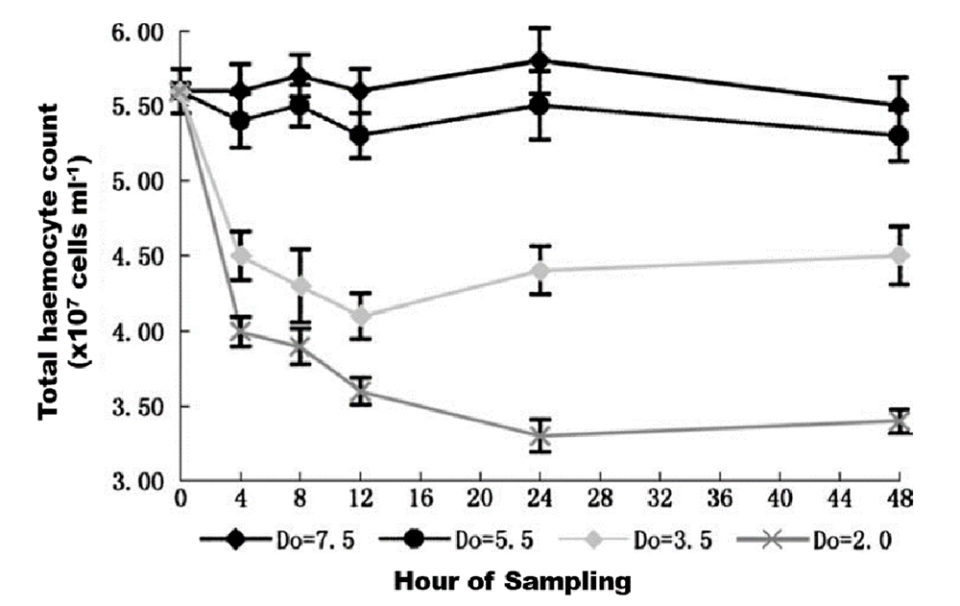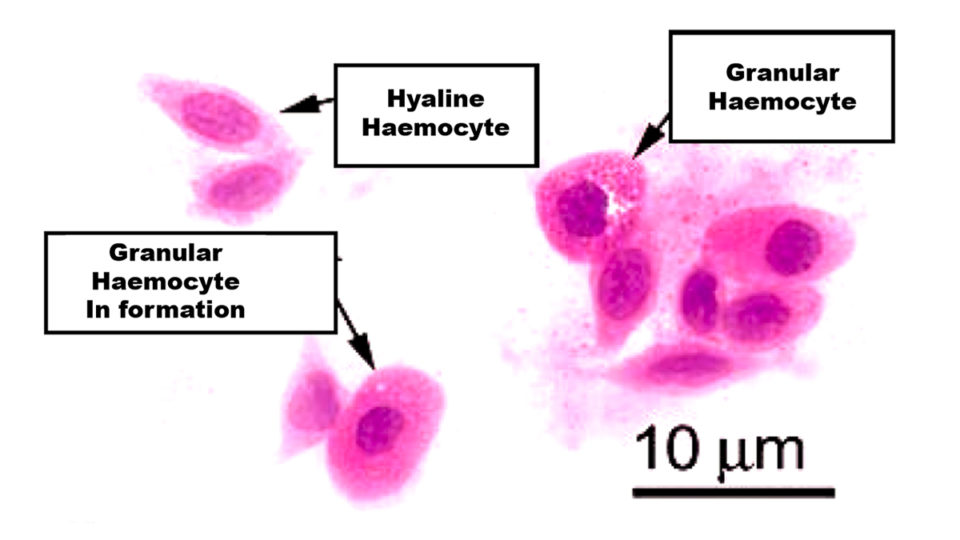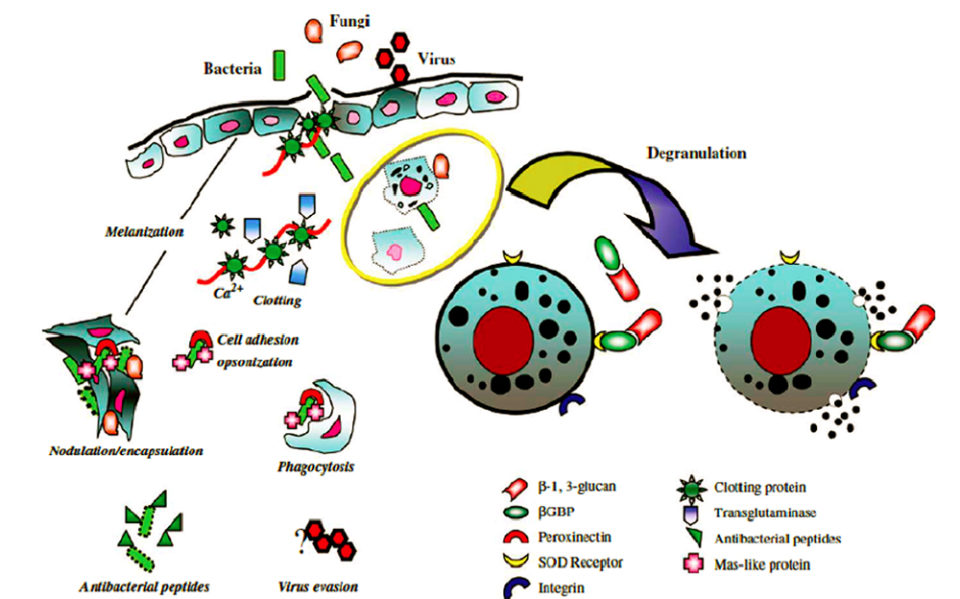Do Shrimp Have Blood? The Surprising Truth About Shrimp Anatomy
As seafood lovers and nature enthusiasts, we often find ourselves curiously wondering – do shrimp have blood? At first glance, shrimp seem very different from us humans biologically. But a closer look reveals some fascinating similarities in anatomy and function, along with key differences.
In this article, we’ll unravel the mystery of whether shrimp have blood and explore some captivating insights into shrimp biology. Read on to learn if shrimp are actually bleeding when we cook them how mosquitoes can feed on shrimp and why their circulatory fluid has a different color and composition than human blood.
Shrimp Are Crustaceans. Not Fish
The first key fact that shapes shrimp anatomy is that they are crustaceans, not fish. As arthropods shrimp have a hard external skeleton called an exoskeleton made of chitin. This protective shell encases their inner soft tissues and muscle bands that enable shrimp mobility and flexibility.
Shrimp also have distinctive respiratory, circulatory, nervous, digestive, and reproductive systems adapted for their way of life. While fish have gills, shrimp breathe through feather-like structures inside their carapace. And unlike fish, shrimp have an open circulatory system and pump blood with a dorsal heart.
Shrimp Don’t Have Blood – They Have Hemolymph
Here’s the big reveal – shrimp do not actually have blood. Instead, they have a circulatory fluid called hemolymph that flows freely through their bodies.
Hemolymph is composed of water, salts, and other dissolved nutrients mixed with hemocytes, which are blood cell-like structures. It transports oxygen from the gills and nutrients from the digestive system to tissues while carrying away carbon dioxide and metabolic waste.
The key difference lies in the fact that hemolymph is not contained in a closed network of veins and arteries like in vertebrate animals. And it contains fewer cells and less hemoglobin than vertebrate blood.
So What’s That Red Liquid When You Cook Shrimp?
You’ve likely seen what appears to be blood when cooking shrimp, with pinkish or red fluids leaking out. But this color mainly comes from carotenoid pigments like astaxanthin present in the shell and meat. It is not actual blood or hemolymph.
The misconception likely persists because we associate the color red with blood. In reality, shrimp blood is a bluish-green, and their anatomical makeup prevents actual bleeding during cooking.
Mosquito Larvae Can Still Feed On Shrimp
Shrimp live underwater, but mosquito larvae can still puncture their shells and feed on the nutritious hemolymph inside. The hemolymph provides needed nutrients for developing mosquitoes, even if it lacks red blood cells.
So while adult mosquitoes don’t bite shrimp, they are still part of the mosquito life cycle as food sources for larvae. This allows hematophagous or blood-feeding mosquitoes to survive and spread diseases, even in watery environments.
Unique Features of Crustacean Circulatory Systems
Beyond not having true blood, shrimp circulatory systems have other unique features that set them apart from vertebrates:
-
Open circulatory system – hemolymph moves freely instead of in closed vessels
-
Dorsal tube-like heart pumps blood from top to bottom
-
Hemolymph flows through arteries then pools in sinuses
-
No veins to return blood; seeps back gradually
-
Slower circulation relies on body movement
-
Hemolymph bathes organs directly for gas exchange
-
Less efficient oxygen transport than hemoglobin in blood
While well-adapted for life as crustaceans, these features also make shrimp more vulnerable to blood loss and limit their metabolic rates compared to vertebrates.
The Takeaway – Shrimp Anatomy Is Uniquely Adapted
At first glance, shrimp appear totally alien, but a closer look reveals signature anatomical features of arthropods that enable their success. They have an ingenious open circulatory system pumping hemolymph rather than blood through sinuses.
Understanding the shrimp circulatory system provides insight into their evolutionary adaptations. And shedding light on common misconceptions about shrimp “blood” allows us to marvel at their distinctive biology compared to fish and humans.
So next time you enjoy succulent shrimp, you can appreciate it is not actually bleeding but circulating oxygen and nutrients through hemolymph – a signature of its identity as a crustacean.

Concentration of dissolved oxygen and hemocyte production during a Vibrio spp. attack
One of the most important things to know about shrimp farming is the amount of dissolved oxygen in the water. This can be changed by things in the environment, like the growth of large plankton and too much organic matter on the bottom of ponds. This increases the bacterial activity and leads to excessive oxygen consumption. Low levels of oxygen can kill shrimp because their breathing and osmotic pressure drop too much. This can affect their ability to live and grow.
Marine shrimp make hemocytes based on how much oxygen is in the water when pathogenic bacteria like Vibrio spp. are present. attack This is demonstrated by experiments carried out at different oxygen concentrations (7. 5, 5. 5, 3. 5 and 2. 0 ppm of dissolved oxygen in the water) (Fig. 5). The pathogenic bacteria Vibrio spp. could be controlled when the concentration of dissolved oxygen was at 5. 4 and 7. 5 mg/L, while the amount of hemocytes was relatively low at concentrations of 2. 0 and 3. 5 mg/L causing the shrimp to have very low defenses against these bacterial attacks (Ling-Xu Jiang et al. , 2005).

Hemocytes: Cells to fight pathogens
When microbes or foreign particles get into the tissues of white shrimp or any other invertebrate animal, their immune systems work to keep them from getting sick. This immunological reaction is manifested through cellular mechanisms where hemocytes play a very important role.
The cells in shrimp blood, called hemolymph, are called hemocytes. The plasma, which is made up of different humoral factors (major molecules in the circulatory system), makes up the liquid part. The immune system’s cellular and humoral responses work together to make defenses. These include the clotting of blood; melanization by the prophenoloxidase (ProPO) system, which is an important natural defense system in invertebrates; the use of lectins to find foreign substances; and antibacterial, antifungal, and antiviral peptide systems that work with interference RNA and a pattern of recognition proteins. In addition, reactive oxygen forms are made, as well as phagocytosis and encapsulation, the last two of which are mostly done by hemocytes (Iwanaga
Hemocytes (Fig. 1) are produced in the hematopoietic tissues of shrimp, and there are two types:
- Pathogens or foreign particles are taken in by hyaline hemocytes through a process called phagocytosis. They also intervene in the coagulation process.
- granulocytes or granular hemocytes that kill invading elements by encasing them, forming nodules, and killing cells. They also intervene in melanization (ProPO system).

When the shrimp gets hurt, the hyaline hemocytes start the coagulation process, which is a very important defense mechanism that keeps the shrimp from losing too much fluid and stops microbes from getting in. Then, the granular hemocytes release protective enzymes that kill the microbes. Other granulocytes then get rid of them by phagocytosis and/or encapsulation. Once the microbes are trapped or eaten, the granular hemocytes lead the melanization process, which stops them from moving and gets them ready to be pushed out by the cuticular excretion or the next molting cycle.
The hemocyte defense system also raises the number of cells with free radicals and encourages hyaline hemocytes to change into granular hemocytes. This speeds up the degranulation process, which gets rid of pathogens more quickly (Fig. 2).

Are Shrimps High In Cholesterol? – by Dr Sam Robbins
FAQ
Why do shrimp have no blood?
Do shrimp have blood vessels?
Is shrimp blood clear?
Do I need to remove the vein from shrimp?
Do shrimp have blood?
While shrimp have a circulatory system that serves a similar purpose to blood in transporting nutrients and oxygen throughout their body, their fluid is called hemolymph. Unlike human blood, it does not contain red blood cells or hemoglobin. Additionally, hemolymph does not have a set color and can vary depending on a shrimp’s diet and environment.
Can one eat raw shrimps?
While raw shrimp or shrimp sashimi can be consumed safely, raw shrimp is considered a high-risk food because it can harbour harmful bacteria such as Salmonella and various Vibrio bacteria. Although some people consider the seafood used in ceviche raw, it is actually cooked by immersing it in an acid rather than using heat. The acid from the citrus can reduce harmful bacteria but it is not as effective as using heat. The safest approach would be to consume only cooked shrimp from a reliable source. The US Food and Drug Administration(FDA) advises that pregnant women, those with weakened immunity, older adults, and young children are at higher risk of foodborne illness and its consequences and should avoid all raw seafood.
Do shrimp have hemoglobin?
This is because shrimp do not have hemoglobin. Actually, their “Blood,” is a combination of blood and an interstitial fluid called “hemolymph”. Their blood can coagulate very rapidly. Important: Hemolymph contains hemocyanin, which also contains two copper ions. Therefore, shrimp need a certain level of copper for proper blood circulation.
Why do shrimp have blue blood?
Another interesting fact is that the blood of the shrimp has a light blue color. If there is not enough oxygen in it becomes almost colorless or grey. This is because shrimp do not have hemoglobin. Actually, their “Blood,” is a combination of blood and an interstitial fluid called “hemolymph”. Their blood can coagulate very rapidly.
